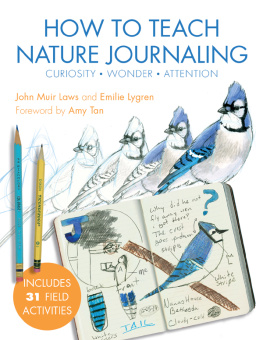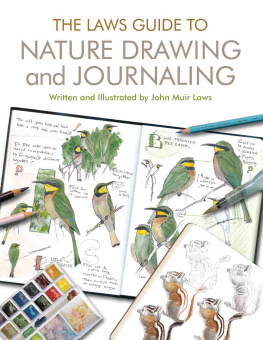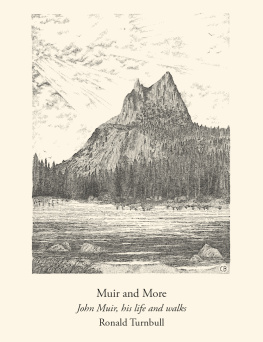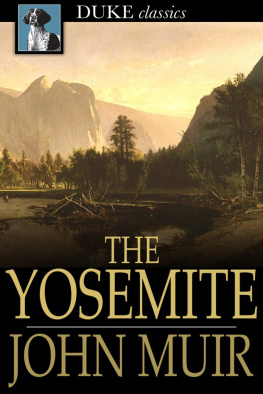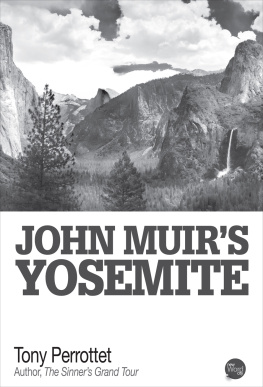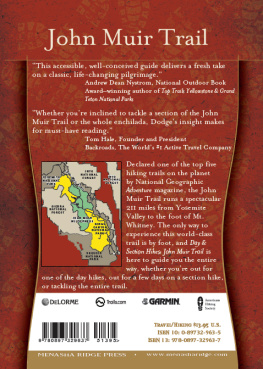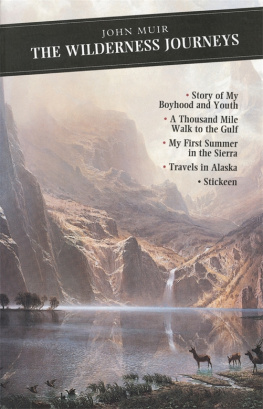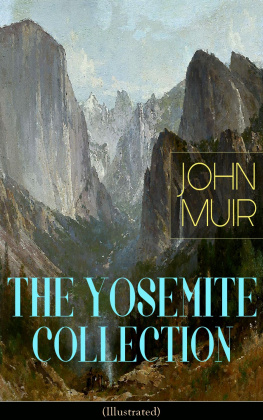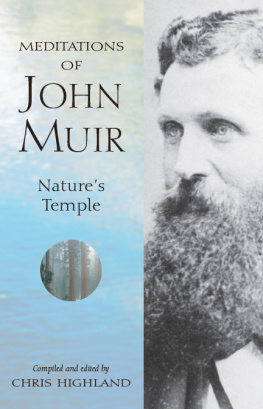Contents
Guide

DEDICATION
We would like to dedicate this book
to our parents, Bob and Beatrice Laws,
and Rolf Lygren and Katherine Heller.
Thank you for taking us outside.
Copyright 2020 by John Muir Laws and Emilie Lygren
Foreword 2020 by Amy Tan
All rights reserved. No portion of this work may be reproduced or transmitted in any form or by any means, electronic or mechanical, including photocopying and recording, or by any information storage or retrieval system, without permission in writing from Heyday.
Library of Congress Cataloging-in-Publication Data is available.
Cover Art and Design: John Muir Laws
Back Cover Design: Marlon Rigel
Interior Design: Leigh McLellan Design
with John Muir Laws and Emilie Lygren
Composition: Leigh McLellan Design
Published by Heyday
P.O. Box 9145, Berkeley, California 94709
(510) 549-3564
heydaybooks.com
10 9 8 7 6 5 4 3 2 1
Permissions
All reasonable attempts were made to locate the copyright holders for the materials published in this book. If you believe you may be one of them, please contact Heyday, and the publisher will include appropriate acknowledgment in subsequent editions of this book.
New Years Eve: The Rim journal entry copyright 2017 by Terry Tempest Williams. Photograph of Williams copyright 2014 by Zo Rodriguez Photography. Zo & Robert Swift Rodriguez.
Photographs on pages were taken by li Zaturanski Photography.
Photographs on pages are used with permission from the BEETLES Project at the Lawrence Hall of Science, University of California, Berkeley, and are sources from video footage taken by Group 5 Media and the Lawrence Hall of Science.
Photographs on were taken by Robb Hirsh.
Photograph on .
Photograph on .
Photograph on .
CONTENTS
Example Journal Pages
Activities
Example Journal Pages
Activities
Example Journal Pages
Activities
Example Journal Pages
Activities
Example Journal Pages
Activities
Example Journal Pages
Activities
THE NATURE JOURNAL QUICKSTART GUIDE
Want to get started right away but not sure where to begin?
Use this guide to jump-start your nature journaling program.
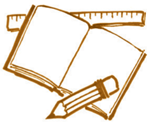
GATHER BASIC SUPPLIES:
Journals
Pencils and sharpeners (See for details.)
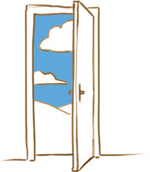
GO OUTSIDE:
Visit one place repeatedly to build students familiarity ()
Set clear expectations ()
Take care of students physical needs ()
Make room for students backgrounds and experiences ()

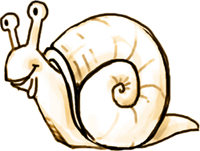
LEAD STRUCTURED JOURNALING ACTIVITIES:
Choose a small part of nature to focus on:
Leaves
A snail
A flower
Cloud patterns
Stream currents
A flock of birds
Cracks in the mud
(See table on for more ideas.)
Introduce focused excercises:
Start with I Notice, I Wonder, It Reminds Me Of ()
Provide explicit and clear directions ()
Support students who have trouble starting ()
Mix journaling activities with active exploration ()
Engage students in discussion after each activity:
Use general discussion questions and questions from the Crosscutting Concepts categories, found at the end of each activity
Ask students to explain and build on their journal observations ()


THEN, CONTINUE LEADING JOURNALING ACTIVITIES TO
Build students sense of place, scientific thinking skills, and understanding of key concepts:
Observation and Natural History chapter ()
Inquiry, Investigation, and Scientific Thinking chapter ()
AND
Teach students specific journaling approaches:
Words: Articulated Thought and Storytelling chapter ()
Pictures: Drawing and Visual Thinking chapter ()
Numbers: Quantification and Mathematical Thinking chapter ()

Engage students in reflection and give them feedback:
Support a growth mindset ()
Do not praise artwork; notice and affirm accurate observations ()
Give appropriate, timely feedback ()
Support deliberate practice ()
Use rubrics for thoughtful grading ()


| AND INTEGRATE JOURNALING INTO YOUR CURRICULUM: Ask students to explain and build on their journal observations () Embed journaling into longer lessons and units () Connect journaling to standards and frameworks () | 
|
PRAISE FOR HOW TO TEACH NATURE JOURNALING
From the beginning of time, we have been connected to nature, but for the first time in history, that connection threatens to be broken for most of an entire generation and perhaps generations to come. In this book and this work, I find hope. Laws and Lygren have created a powerful and practical resource for teachers to help children and adults discover, explore, love, and protect the natural world around them. Nature is magic, and everyone needs it.
Robert Bateman, artist and naturalist
Here is a natural way for parents and teachers to integrate the beauty and mystery of nature into the lives of children. The book itself is a work of art.
Richard Louv, author of Our Wild Calling and Last Child in the Woods
Charlotte Mason said that where science does not teach a child to wonder and admire it has perhaps no educative value. John Muir Laws and Emilie Lygren have filled their book with the tools of nature journaling that can help us all get outdoors to wonder at and admire the nature around us. What a gift their book is!
J. Carroll Smith, EdD, Founder of the Charlotte Mason Institute, Professor of Education (Retired)

